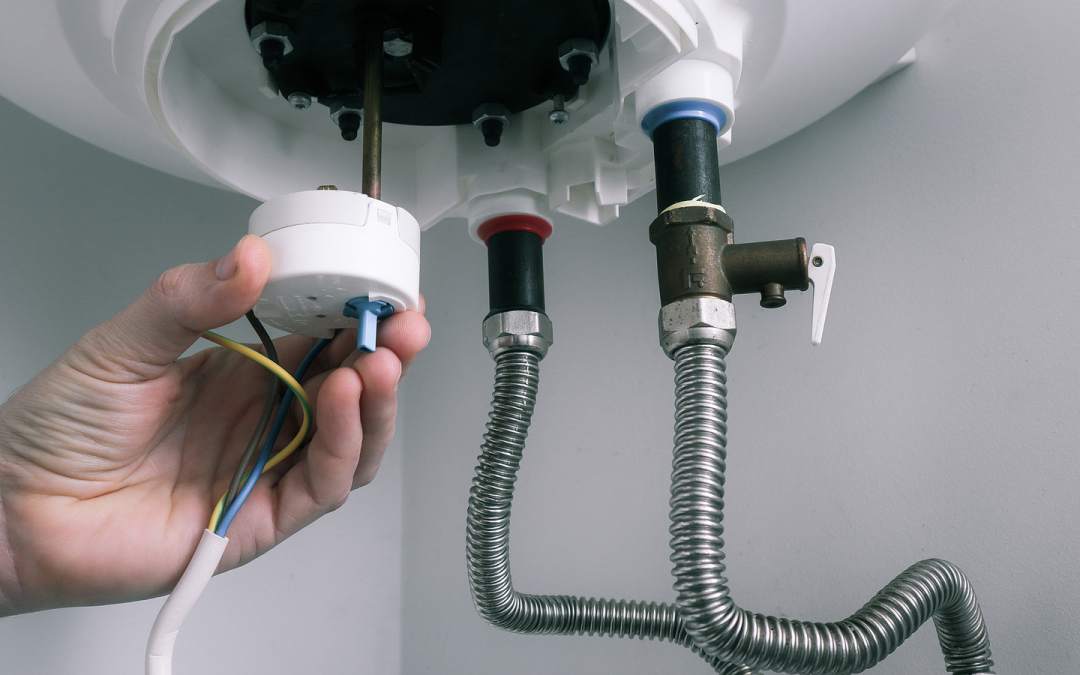By this stage of the year, almost every boiler in Great Britain is turned on, dispensing hot water during the day and comfortable central heating during increasingly chilly winter nights.
It is also a peak time for engineers, who are focused on boiler repairs, installations and emergency call-outs, meaning that some people can be caught out during peak periods, having to deal with a faulty, leaking or broken boiler for a while.
Some of this is solved through using trusted companies and gas-safe engineers that prioritise preventative maintenance, hopefully solving issues before they could affect you during the times you need to warm up most.
In a lot of cases, boilers are complex and a significant fault cannot be fixed by someone who isn’t a trained certified engineer. At best it can lead to a condemned boiler and at worst it can lead to tragedy.
However, there are some common smaller issues that can be fixed by yourself, saving you a callout charge as well as any worries in the future about damage caused whilst the boiler wasn’t functioning in cold weather.
Frozen Condensate Pipe
The condensate pipe is the pipe that channels acidic condensation water from your boiler to your home’s drains. It is a vital part of the safe operation of a boiler, and so if there is a problem with its operation, the boiler will automatically shut down for safety reasons.
Most of the time this is caused by the pipe freezing over in sub-zero temperatures, and this is a common reason for gas service callouts.
Thankfully, it’s also easily fixed. Fill your kettle up and boil it, letting it cool down slightly to avoid damaging the pipe. Find the condensate pipe outside, which is a plastic pipe connected to the house which is connected to the drains below.
Pour the warm water over the pipe until it seems defrosted. This may take several attempts on particularly frozen days, but it will generally be clear quite quickly when the condensate pipe is finally clear.
After this, reset the boiler by following the instructions and you should have hot water again once this completes.
Low Pressure
If your boiler stops dispensing hot water or it becomes exceptionally inconsistent, check the dial on your boiler entitled “bar”. Typically it will be numbered from “0” to “4”, with red sections sandwiching a green section.
This is the water pressure of the boiler, and it should ideally remain in the green. Too much to the right is a high-pressure situation and potentially an emergency, whilst too much to the left means there is not enough water pressure.
This is another instance where many people call out a gas engineer but it is often very easy to fix by yourself.
Look for the boiler filling loop, which is either a set of two handles or a single lever. In both cases, they are often coloured blue or green to make them easy to see.
If you have handles, twist them until they are parallel to the pipe, which will allow water to flow into the boiler. Once it reaches the green section comfortably, twist the handle back to its off position perpendicular to the pipe.
For the single lever, the process is as simple as pulling down, waiting until the water pressure reaches the green area and letting go.
If a boiler loses pressure it is typically not a big deal, but if it happens on a regular basis, it can require a callout because the culprit can either be a leak or a fault with the pressure valve or expansion vessel.
No Gas Supply
Natural gas boilers require gas to run, naturally. If this supply is interrupted, the boiler will not light.
An issue with the gas supply can be caused by a range of issues, but outside of checking your balance if you have a prepaid meter or issues outside of your home, the most common cause of a lack of gas is the ECV.
The emergency control valve (ECV) is a handle on the pipe next to the gas meter, which is in line with the pipe and ensures that gas is safely flowing into the boiler.
It can sometimes be knocked into the off position, especially if affixed to a wall in a hallway where bag straps and coats can sometimes latch onto it.
Check the pipe itself for instructions on the correct on and off position, and ensure it is the right place to fix the issue.

